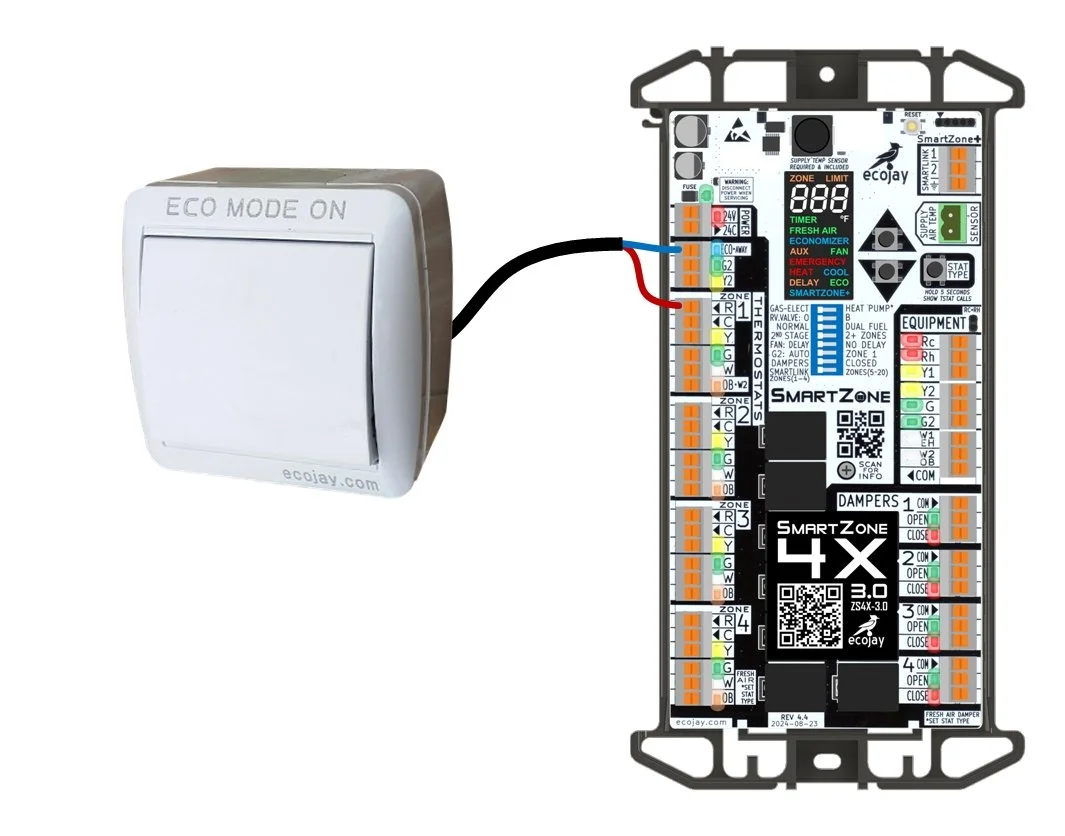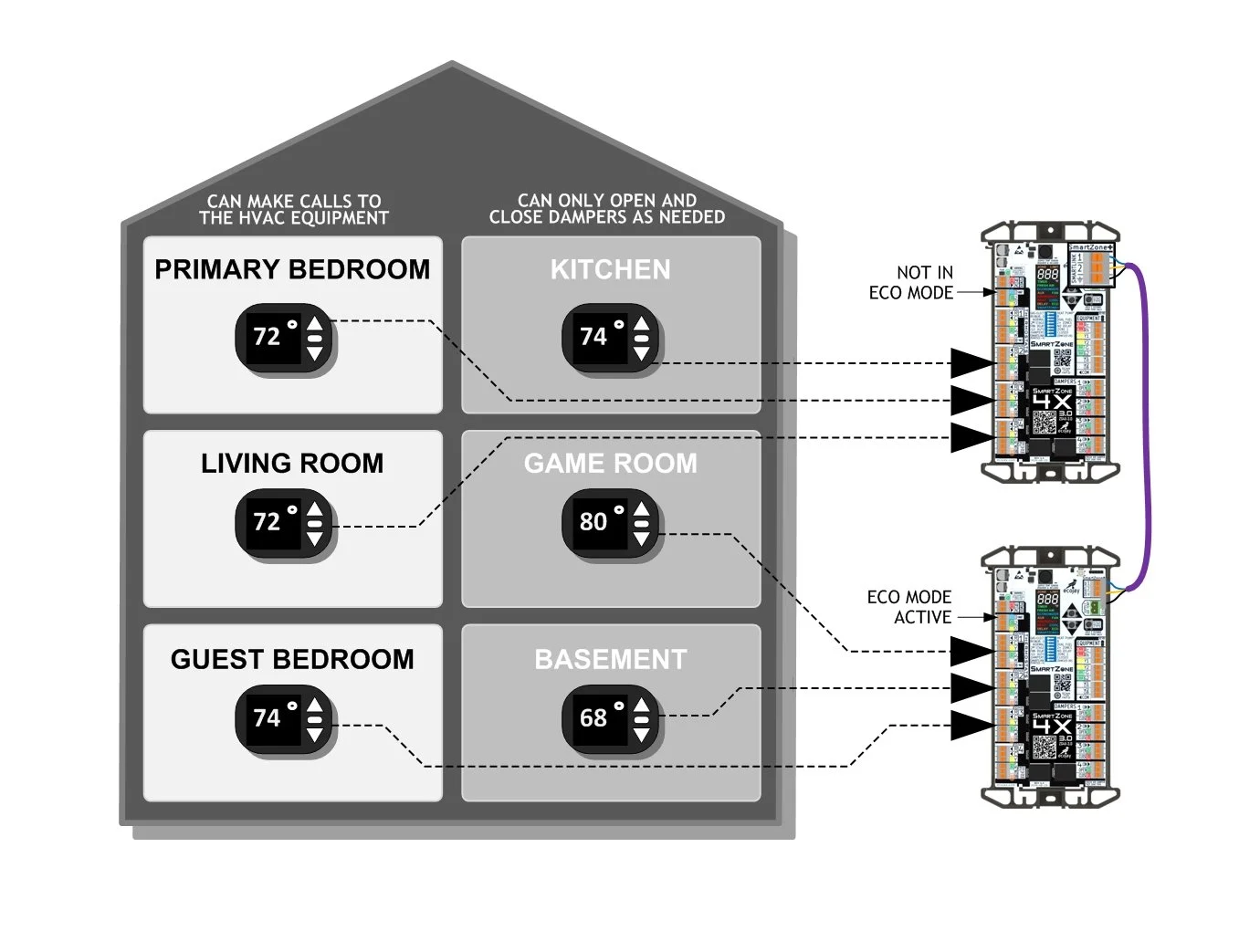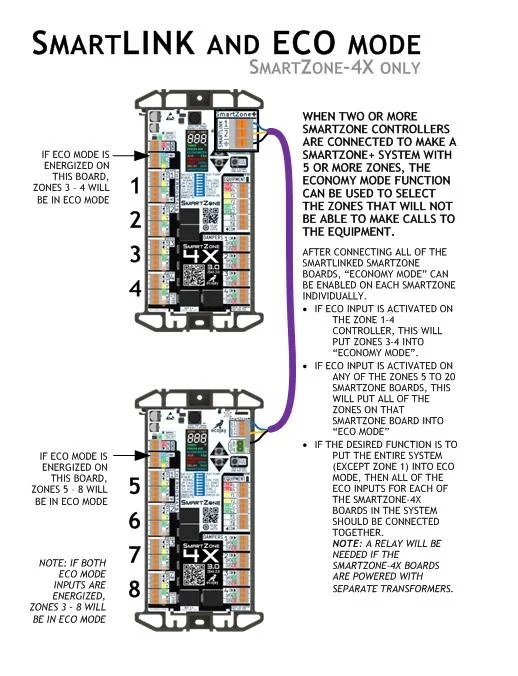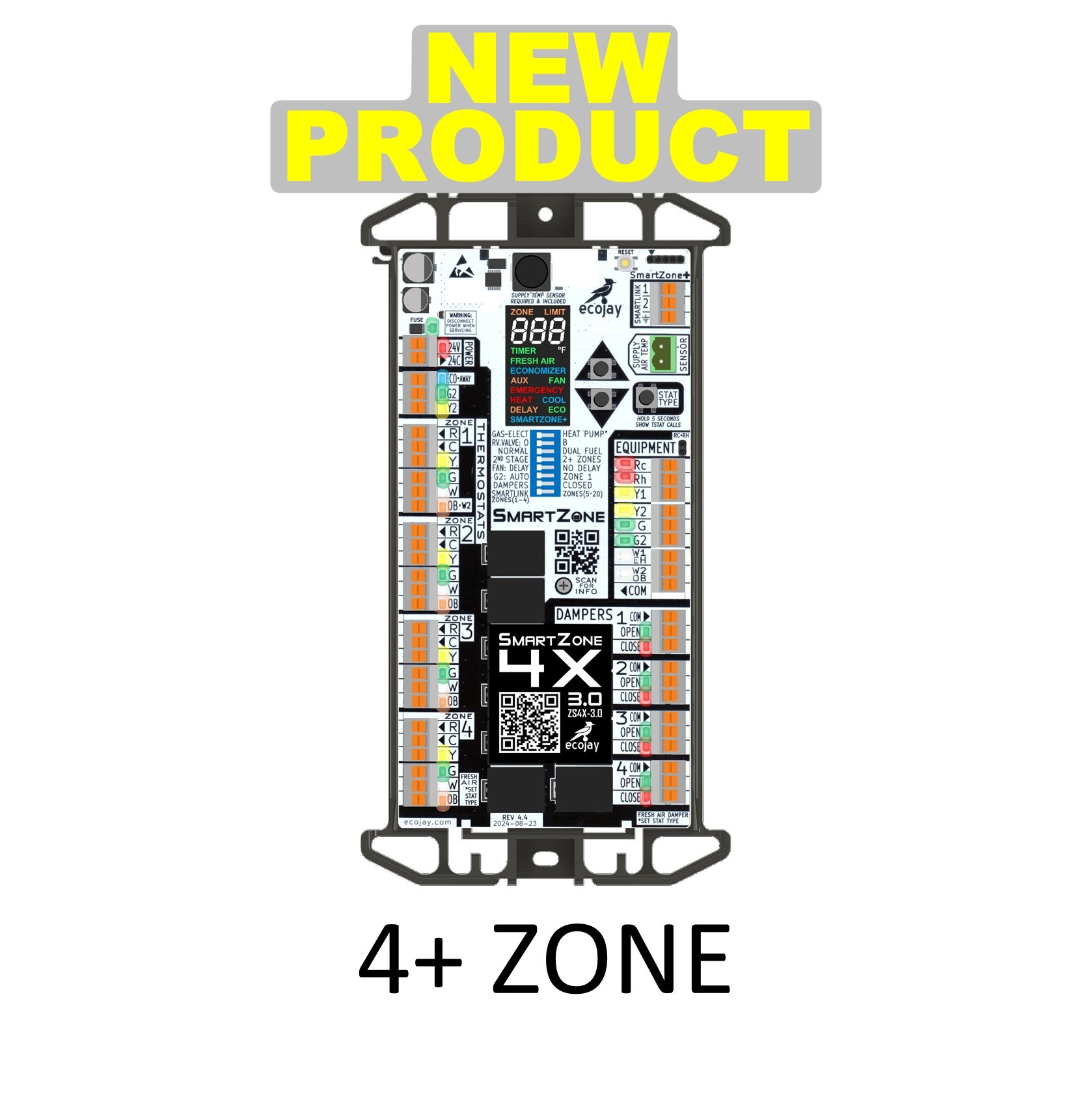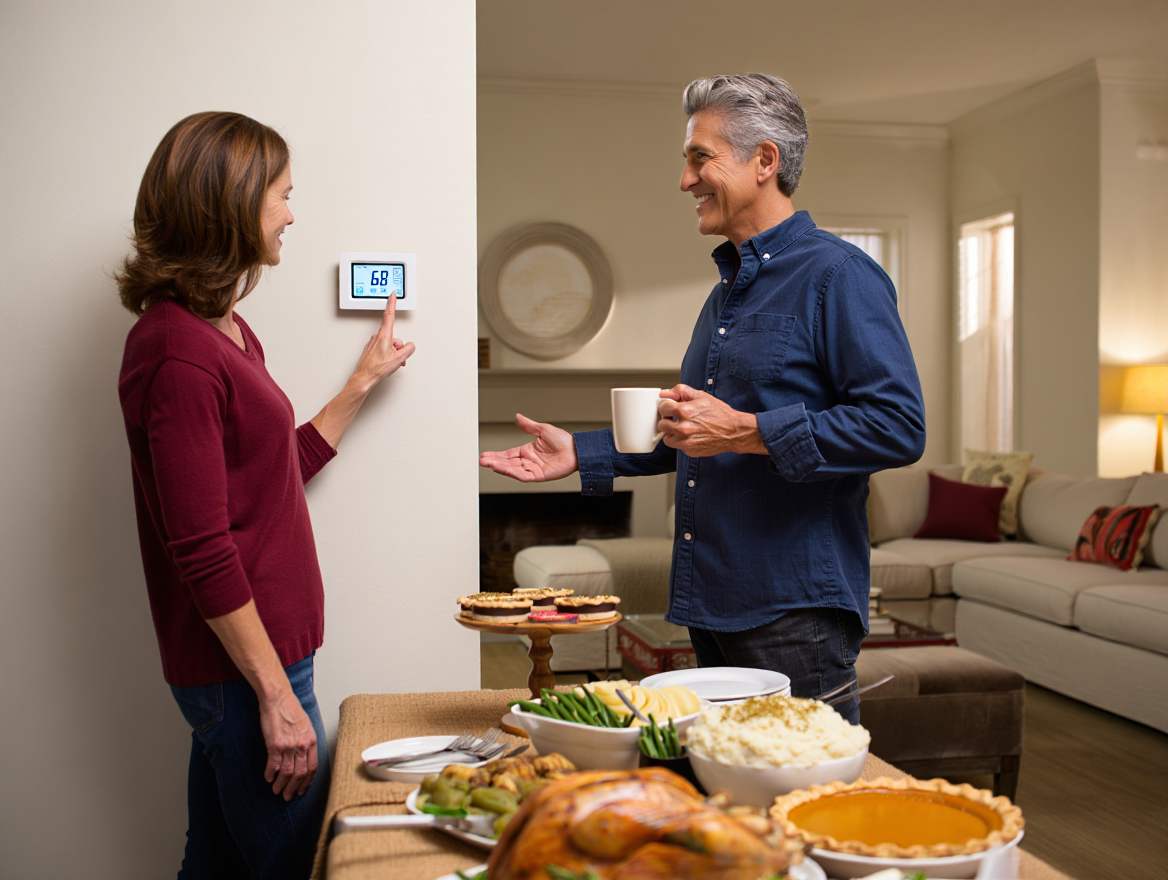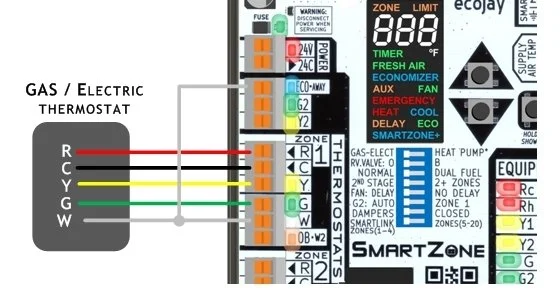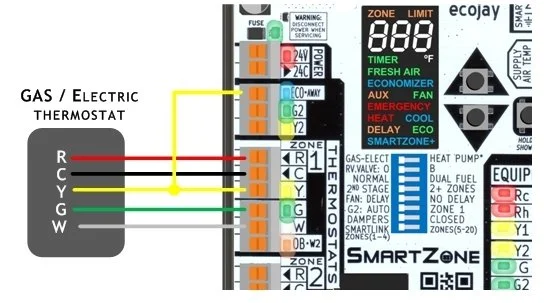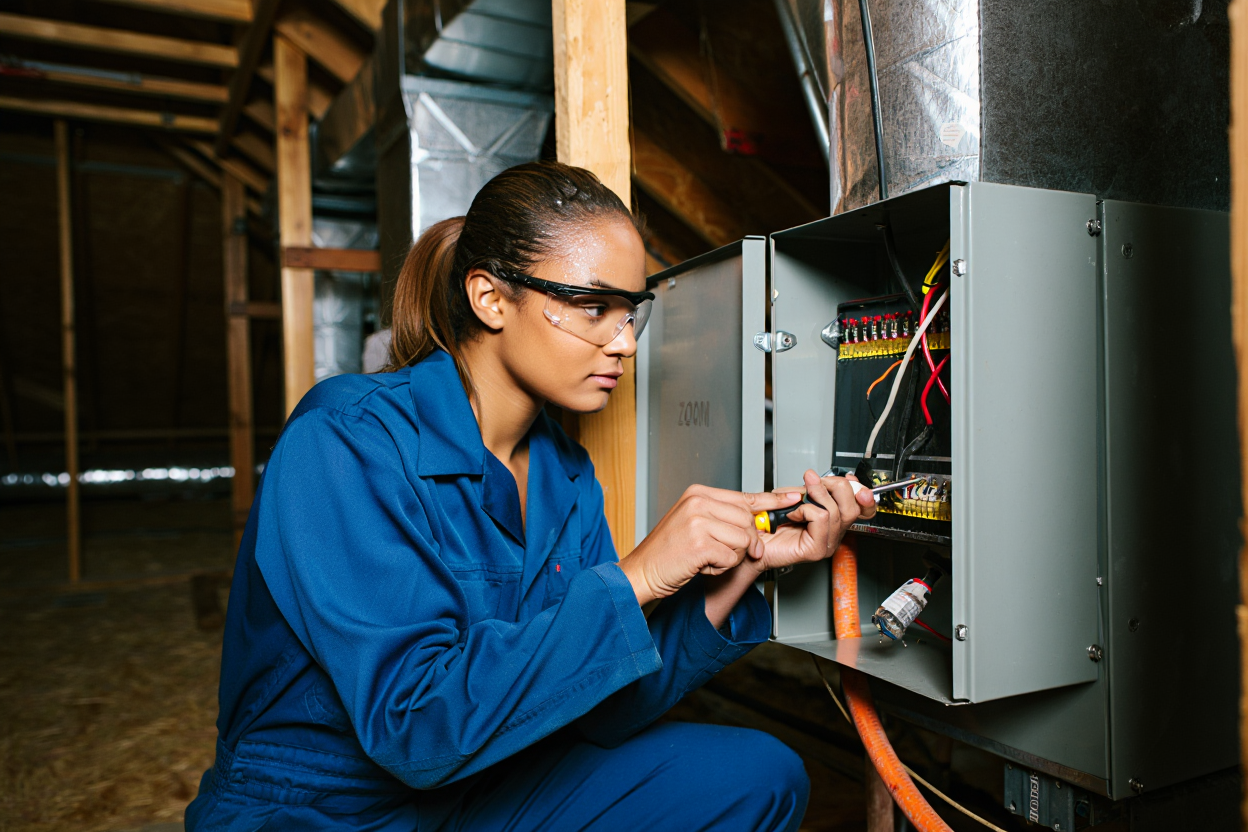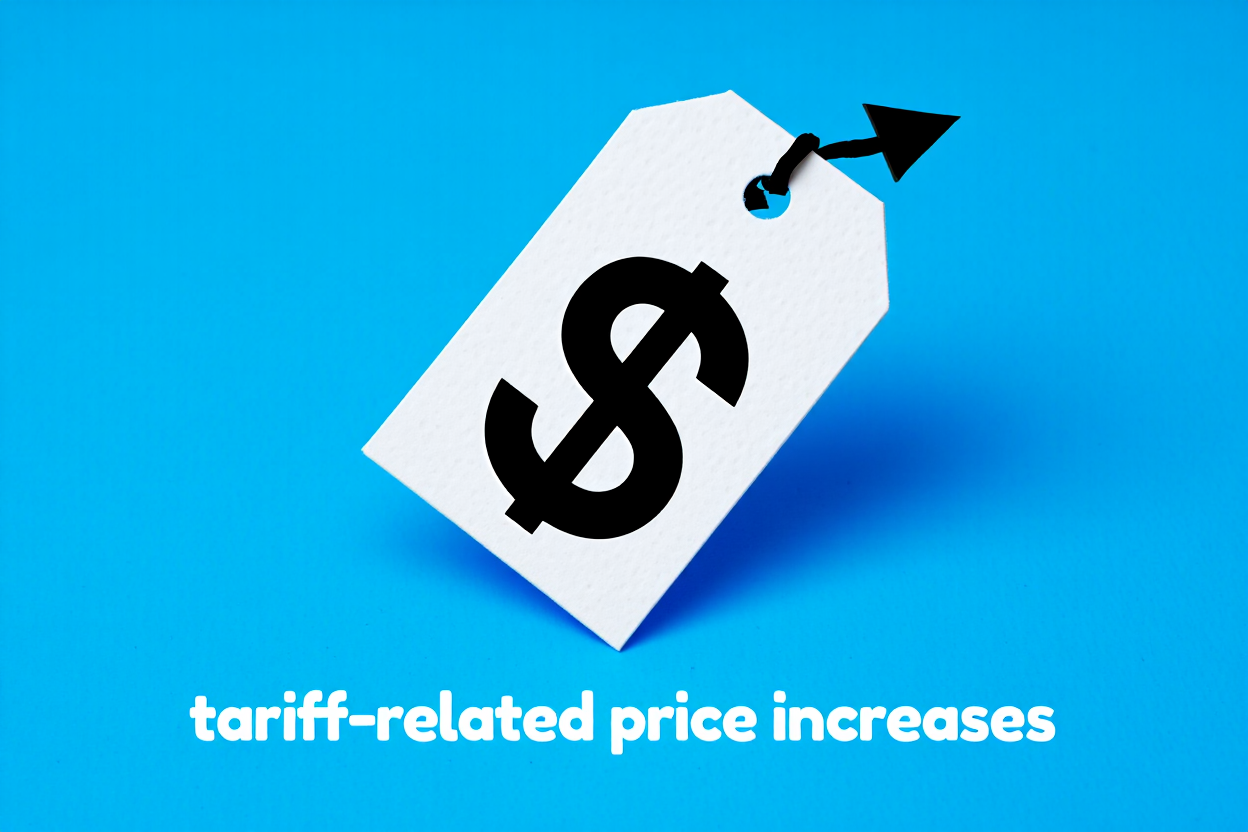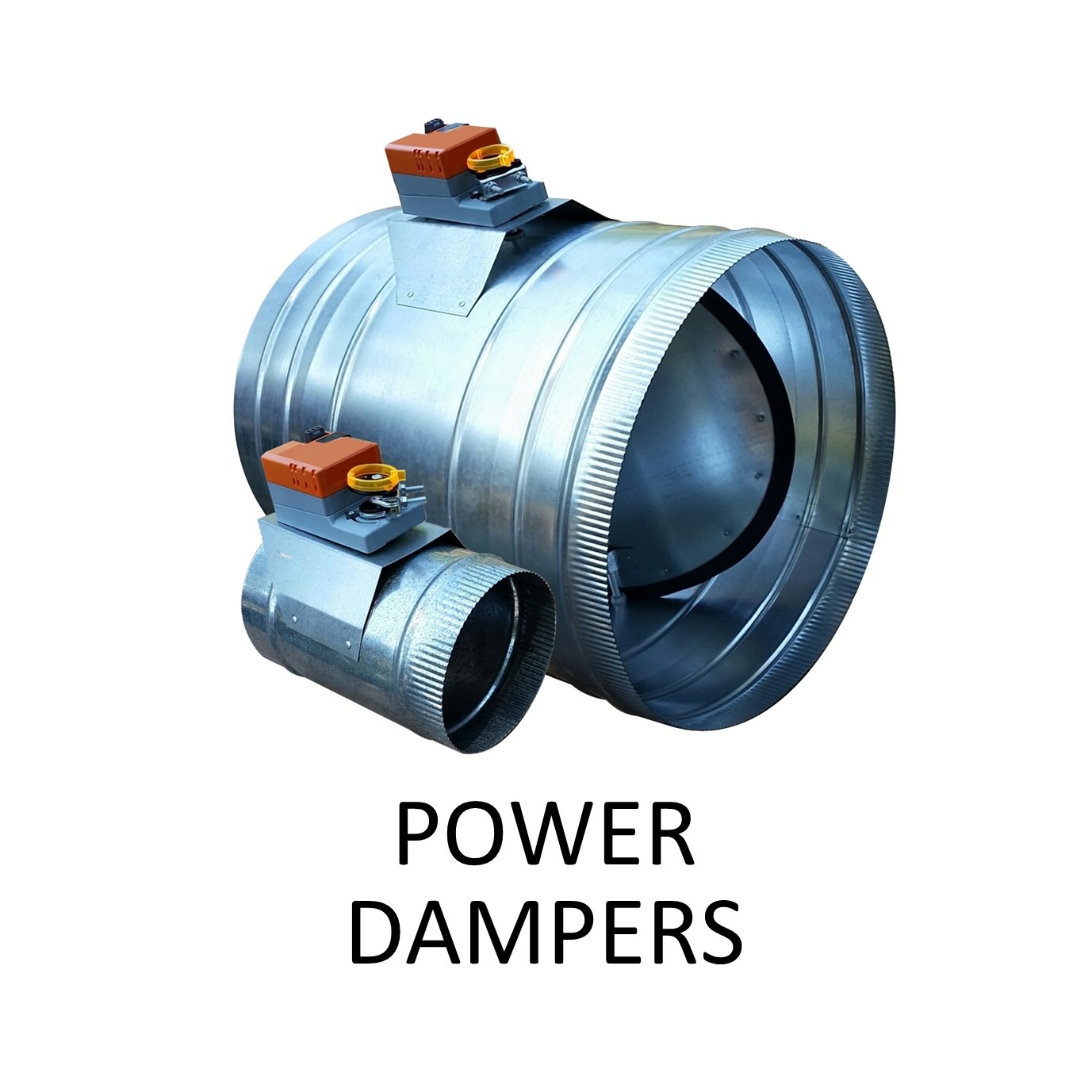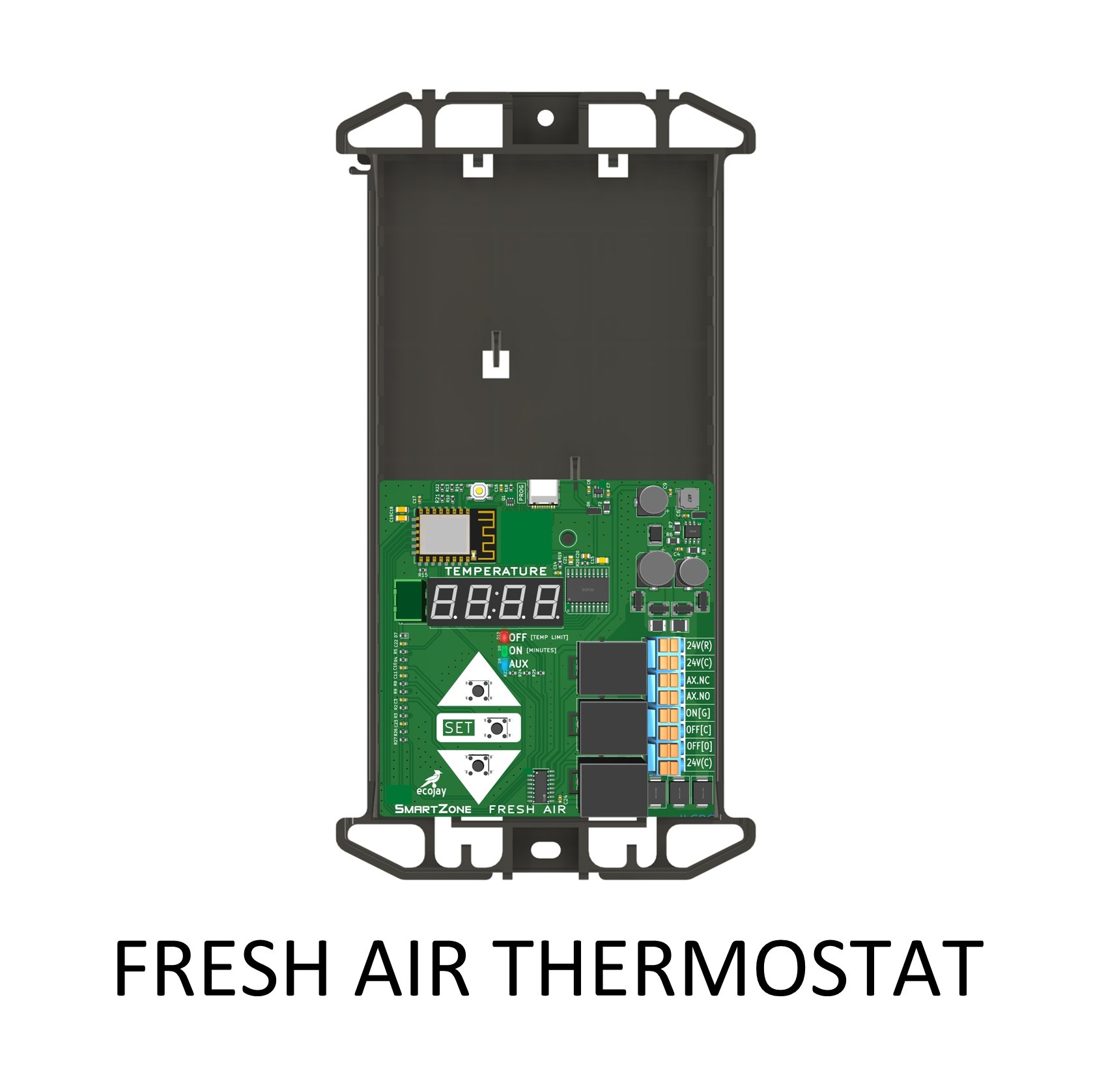Temperature comfort in a home is vital for a good quality of life. However, achieving consistent comfort in a multi-story or uniquely designed home can be challenging due to factors like the chimney effect, varying sun exposure, insulation quality, and window placement. Ecojay’s SmartZone HVAC zone control systems, equipped with advanced dampers and thermostats, offer a tailored solution to these challenges, ensuring precise temperature management for every area of your home. We will explore how SmartZone systems improve comfort, address common issues like the chimney effect, and adapt to a home’s unique characteristics to enhance energy efficiency and satisfaction.
Understanding HVAC Zoning Control
An HVAC zoning control system divides a home into separate zones, each regulated independently with its thermostat. Ecojay’s SmartZone system includes intelligent dampers that control airflow in the ductwork, ensuring that each zone receives the right amount of conditioned air. This eliminates the need to heat or cool the entire house uniformly, allowing occupants to customize temperatures based on their preferences and usage patterns.
SmartZone products, such as the SmartZone dampers and controllers, are designed for seamless integration with existing HVAC systems. Homeowners can create zones for different floors, rooms, or areas with similar thermal needs. This targeted approach maximizes comfort and efficiency.
The Chimney Effect in Multi-Story Homes
In two-story homes, the chimney effect—also known as stack effect—often causes significant temperature imbalances. Warm air naturally rises, while cooler air sinks, leading to an overheated upper floor in the summer and chilly lower levels in the winter. This imbalance not only creates discomfort but also forces HVAC systems to work harder, consuming more energy.
SmartZone’s zone control system addresses this issue by allowing homeowners to independently manage the temperatures on each floor. For example, in the summer, the system can direct more cool air to the upper floor while reducing airflow to the lower floor, counteracting the natural rise of warm air. In the winter, the opposite configuration can ensure even warmth throughout the home. SmartZone dampers adjust dynamically to prevent over-conditioning and ensure each zone remains comfortable.
The Role of Windows, Insulation, and Other Factors
Temperature variations in a home are influenced by:
Windows: Rooms with large windows or southern exposure often experience more heat gain during the day, leading to warmer temperatures.
Insulation: Areas with poor insulation lose heat in the winter and gain heat in the summer, causing temperature disparities.
Sunlight Exposure: Different parts of a home receive varying amounts of sunlight based on orientation and surrounding landscape.
Air Leaks: Cracks around windows, doors, and ductwork contribute to uneven temperatures.
A zoning system like Ecojay’s SmartZone compensates for these factors by directing airflow where it is needed most. For instance:
A room with extensive sun exposure in the afternoon can receive additional cooling, while shaded rooms receive less.
Poorly insulated zones can be given priority for heating during colder months.
SmartZone controllers integrate with smart thermostats to adjust settings based on real-time conditions, ensuring consistent comfort.
The Science Behind HVAC Zoning and Comfort
Studies show that HVAC zoning systems significantly improve thermal comfort and energy efficiency:
U.S. Department of Energy (DOE): Zoning systems can reduce energy consumption by up to 30% when used appropriately, especially in larger homes.
ASHRAE Research: Homes equipped with zone control experience reduced temperature swings, leading to improved occupant comfort and reduced energy wastage.
Ecojay’s SmartZone systems enhance these benefits by offering precision control and reliable components, such as:
SmartZone Dampers: These are designed to modulate airflow with precision, ensuring no area is over- or under-conditioned.
SmartZone Controllers: Compatible with most HVAC systems, they allow seamless integration and intuitive control of zoned areas.
Real-World Benefits of SmartZone
1. Customizable Comfort for Every Room
In homes where family members have different temperature preferences, SmartZone enables individualized comfort. For instance, one bedroom can be cooled to 68°F while another remains at 72°F, avoiding thermostat battles.
2. Improved Energy Efficiency
By conditioning only occupied zones, the system reduces energy usage. For example, if the living room is unoccupied during the night, the system can focus heating or cooling on the bedrooms instead.
3. Adaptability to Seasonal Changes
The SmartZone system adapts to seasonal requirements. In summer, it prioritizes cooling for rooms exposed to sunlight. In winter, it ensures even heating for rooms with higher heat loss.
4. Enhanced System Longevity
By reducing the strain on HVAC components—such as compressors and blowers—through targeted airflow management, SmartZone systems can extend the lifespan of HVAC equipment.
Installing SmartZone in Your Home
Ecojay’s SmartZone products are designed for easy installation and integration into most HVAC systems. Homeowners and contractors can access detailed product information and installation guides on ecojay.com. Key features of the SmartZone system include:
Flexible Zoning Capabilities: Suitable for homes with two to eight zones.
User-Friendly Interface: Controllers with intuitive displays make managing zones simple.
Compatibility: Works with single-stage, multi-stage, and heat pump systems.
To ensure optimal performance, professional installation is recommended. A certified HVAC technician can assess your home’s layout, identify zoning opportunities, and configure the system for maximum comfort and efficiency.
Conclusion
Temperature comfort is an essential aspect of home living, and Ecojay’s SmartZone HVAC zone control systems provide a powerful solution to uneven temperatures, the chimney effect, and other challenges. By intelligently managing airflow and allowing personalized temperature settings for each zone, SmartZone systems create a more comfortable and energy-efficient home environment.
Whether you’re dealing with temperature imbalances in a two-story home or want to optimize energy use, the SmartZone system offers a proven, customizable solution. Visit ecojay.com to explore their range of products and take the first step toward a more comfortable, efficient home.


